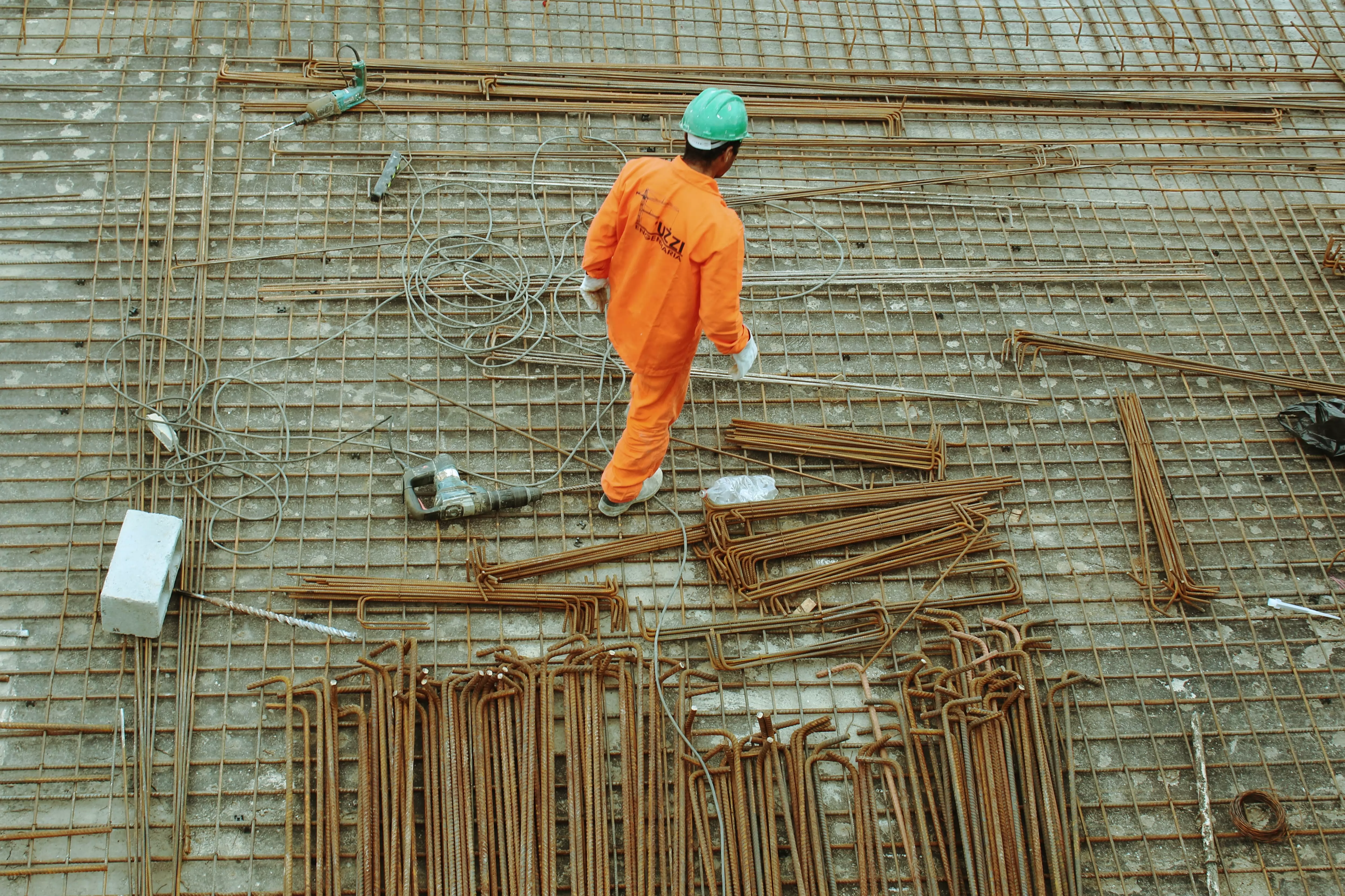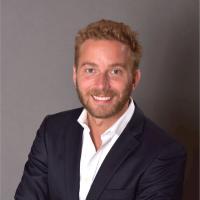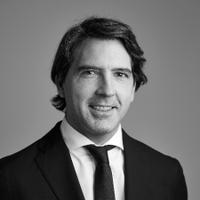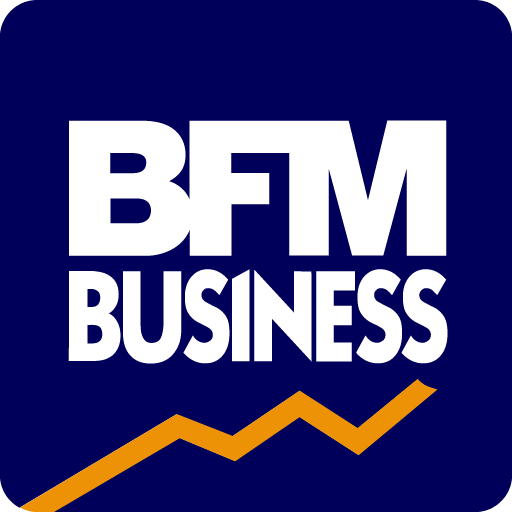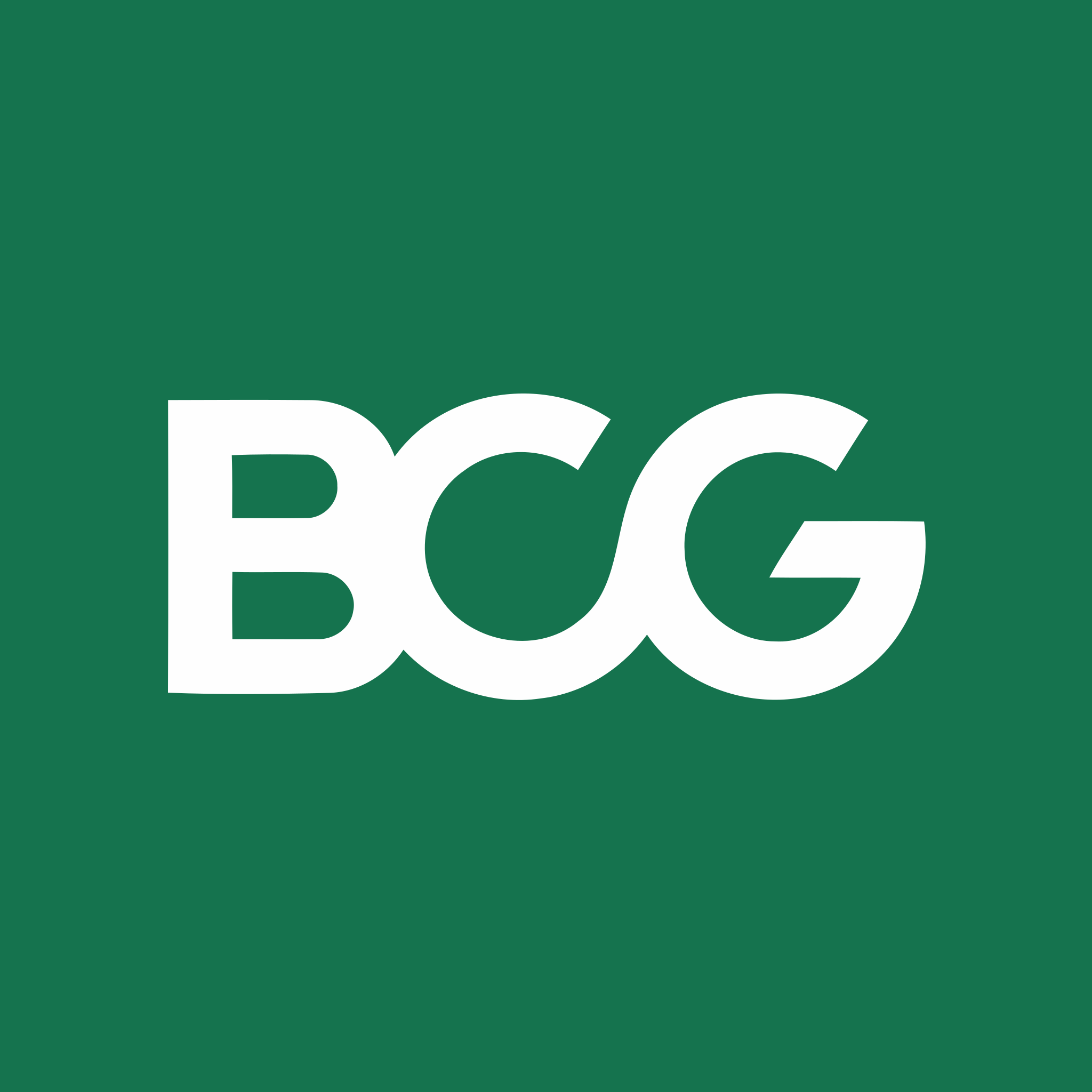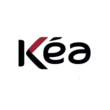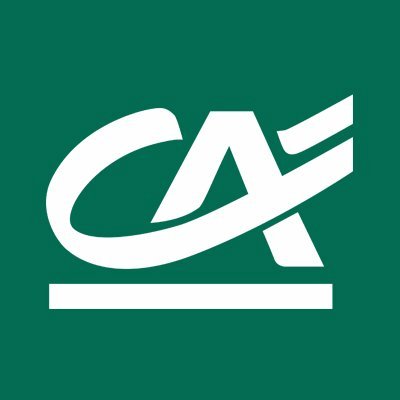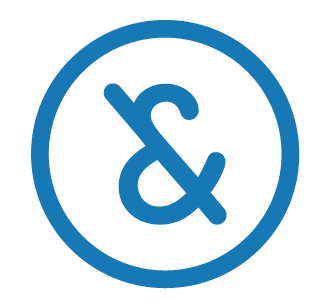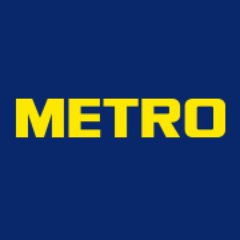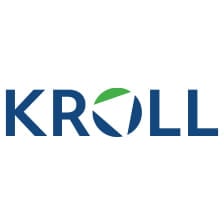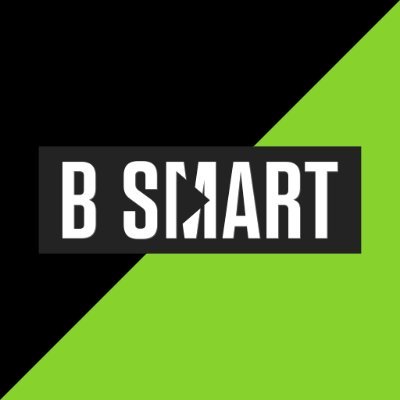Detailed content of our market study
 Inforamtion
Inforamtion
- Number of pages : 35 pages
- Format : Digital and PDF versions
- Last update :
 Summary and extracts
Summary and extracts
1 Market overview
1.1 Definition and scope of study
The Personal Protective Equipment (PPE) market encompasses a wide range of products, such as head, eye, hand and respiratory protection, which meet a variety of safety needs. This highly non-cyclical and recurring market remains closely linked to the existence of regulations, particularly in North America and Europe, where reinforced legal frameworks support innovation and demand. Since the COVID-19 pandemic, the market has undergone a significant transformation, with a sharp rise in demand for certain products, notably masks and gloves, and increased structuring around players seeking to meet the challenges of comfort, durability and innovation.
In France, under pressure from competition from imports from low-wage countries, local players are seeking to differentiate themselves, notably through two levers:
Innovation: PPE manufacturers are innovating in response to specific problems such as high visibility or extreme cold. The arrival of connected PPE could also stimulate the market, with a range of products capable of improving worker protection by anticipating accidents before they happen.
Comfort and design: according to a survey of over 600 companies, 86% of respondents use PPE primarily for its comfort and functionality. Manufacturers are therefore looking to improve product ergonomics and comfort, while adding sportswear-inspired aesthetic features with an attractive design.
At the same time, major trends are emerging on a global scale, such as the rise of connected PPE, integrating advanced functionalities such as fall detection, or the development of a new range of products.s such as fall detection or air toxicity measurement, as well as the priority given to eco-design. In 2023, for example, 85% of safety footwear produced by Uvex incorporated recycled components, in response to growing consumer expectations and the strict criteria imposed by the 2024 European regulation.
Between 2009 and 2020, sales of PPE in France rose by almost 80%, demonstrating the resilience of this market in the face of economic crises. on a global scale, after a temporary slowdown due to the health crisis, the market is now benefiting from a dynamic sustained by technological advances and tighter regulatory requirements.technological advances and stricter regulatory requirements, such as the new REACH regulations and the 2023 harmonized standards. Although these developments present technical and financial challenges for industry players, they should continue to support demand in a market that is both innovative and resilient.
1.2 A dynamic global market
A sector that has grown strongly in recent years thanks to Covid-**
PPE market size World, **** - *****, US$ billion CAGR: *.* Source: ****
The global PPE market was valued at around US$** billion in ****. Covid-**, which hit the world globally in ****, caused sales of surgical masks and other protective equipment to explode, boosting PPE sales to a market of US$**.* billion in ****. With the end of the pandemic and the decline in demand for protective equipment, global sales - though still much higher than before the pandemic - are expected to decline to US$** billion in ****, with a CAGR of -*.*% per annum (***)
PPE is also actively sought after by employers in customer sectors, as effective protective equipment saves on excess expenditure linked to lost production time, workplace accidents and medical costs.
Strong market growth since **** has also been boosted by various regulatory directives requiring employers to provide their employees with certified protective equipment. This trend can be seen in different parts of the world. For example, the Occupational Safety And Health Administration (***) and the EU have prompted manufacturers to improve PPE ergonomics, as this should enhance end-consumer dexterity while increasing the effective use of PPE by workers.
According to the US Bureau ...
1.3 A growing national market
Estimated market size and growth rate
The sector appears to be buoyant, and has grown strongly over the past ten years: in a report published in ****, Synamap (***) estimated the market at ***.* million euros for ****, and *.* billion euros for ****. [***]
This would give average annual growth of *.*% over the ****-**** period. It should be noted that the Synamap representative evaluated the PPE market as "relatively stable, at over one billion euros" in ****. [***]
PPE market size France, **** - ****, € million CAGR: *.* Source: ****
In terms of product category segments, head protection largely dominates the market, accounting for **% of the total. This segment stands out not only for its weight, but also for the diversity of the equipment it encompasses, from respiratory protection- which has become essential with the health crisis - to safety helmets.
this segment alone weighs more than the sum of the two smallest categories, body and lower limb protection.
PPE by category France, ****, as % of total Source: ****
upper limb protection, mainly gloves, is in second place with **%. Although they lag behind head protection, their importance remains significant, reflecting concern for safety in tasks requiring direct handling.
Body protection, with a **% share, is a close second. This segment is mainly dominated by work clothing, ...
1.5 Trade balance for certain PPE
France's trade balance for breathing apparatus and gas masks
For this chart, we use code ******, which corresponds to "Breathing apparatus and gas masks, including parts and accessories (***)"
Imports and exports of breathing apparatus and gas masks for France France, ****, in millions of euros Source: ****
France's trade balance for safety eyewear
For this chart, we use code ******, which corresponds to "Corrective, protective or other eyeglasses and similar articles (***)".
Imports and exports of safety eyewear for France France, ****, in millions of euros Source: ****
The two graphs highlight distinct trends in the personal protective equipment (***) market in France, particularly for breathing apparatus, gas masks and safety eyewear.
For breathing apparatus and gas masks, France is a net exporter, with the value of exports (***). This underlines France's solid expertise and production capacity in this strategic segment, reinforced by increased international demand, particularly in the wake of the health crisis. This export positioning also illustrates the potential for innovation and competitiveness of French players in a globalized market.
conversely, imports of safety eyewear exceeded exports (***). This negative trade balance reflects a partial dependence on foreign suppliers for this type of PPE, despite a notable export dynamic. This imbalance may reflect lower domestic production capacity or stronger ...
2 Demand analysis
2.1 Main customer sectors in France
The sectors listed below are those which make the greatest use of PPE (***). Thus, analyzing the dynamics of these sectors is tantamount to analyzing the dynamics of the PPE market:
Salaried employment in the various sectors Salaried employment in the industry sector France, ****-****, millions of people Source: ****
Between **** and ****, industrial employment declined slightly before stabilizing at around *.** million in ****. This sector remains crucial to demand for PPE, due to the risks inherent in working environments.
Salaried employment in the construction sector France, ****-****, millions of people Source: ****
After a dip in ****-****, construction jobs rose to reach *.** million in ****. This sector remains one of the biggest consumers of PPE, particularly for fall and respiratory protection.
Salaried jobs in the hotel and catering sector France, ****-****, thousands of people Source: ****
This sector is growing steadily, from *.** million in **** to *.** million in ****. Although less risky, the use of PPE, such as gloves and protective clothing, remains relevant for hygiene.
Salaried jobs in the healthcare services sector France, ****-****, millions of people Source: ****
Relatively stable at *.** million in ****, this sector is highly exposed to specific risks, requiring specialized equipment such as helmets and respirators.
Salaried employment in the transport and warehousing sector France, ...
2.2 Salaried employment (particularly public-sector employment) drives demand
Salaried employment, particularly in the public sector, is a key driver of the personal protective equipment (***) and firefighters. This growing demand, driven by safety requirements and regulations, illustrates the decisive weight of salaried employment, and the public sector in particular, in the dynamics of the PPE market.
French salaried employment trends France, ****-****, in Source: ****
In the third quarter of ****, salaried employment in France rose by *. *% on the previous quarter, representing a net creation of **,*** jobs, following a slight decline of *.*% in the second quarter (***). Year-on-year, salaried employment rose by *.*%, corresponding to ***,*** additional jobs, and exceeded its pre-health crisis level by *.*% at the end of ****, with a gain of *.* million jobs.
Payroll employment in the private sector remains almost stable, with an increase of *.*% (***).
In the civil service, salaried employment rose by a more marked *.*% in the third quarter (***), and of *.*% compared to the end of ****, or ***,*** additional jobs.
2.3 Occupational illnesses: a key determinant of demand
Musculoskeletal disorders (***) complete the picture:
Main pathologies recognized as occupational diseases France, ****, in units Source: ****
Occupational illnesses have a direct impact on demand for personal protective equipment. MSDs, for example, justify the growing use of ergonomic equipment, such as anti-vibration gloves or harnesses designed to limit physical effort and reduce the risk of injury. Respiratory illnesses, frequently linked to exposure to toxic substances (***), underline the importance of advanced respiratory protection.
The increasing recognition of psychological illnesses could also open the door to a reflection on PPE in stressful environments, although the adaptation of working conditions remains the main lever. In addition, the growing recognition of serious pathologies, such as cancers linked to prolonged exposure to chemical agents (***), highlights the importance of innovative protective solutions to limit exposure. The evolution and recognition of occupational pathologies are driving the development and adoption of ever more specific PPE, both to meet regulatory requirements and to protect workers effectively in varied and often dangerous environments.
2.4 Work-related accidents are a determinant of demand
Workplace accidents are a determinant of demand, and also an indicator. Analyzing which accidents are the most frequent can give PPE manufacturers direction. For example, the **** health insurance report highlights that **% of workplace accidents are linked to manual handling:
Work-related accidents by type France, ****, in Source: ****
However, the number of accidents at work is falling when we compare **** and ****: from ***,*** to ***,***, a drop of around *% between the three years:
Work-related accidents in France France, ****-****, in units Source: ****
In terms of fatal accidents, there will be *** in ****: **% will be the result of illness and **% of road accidents:
Types of fatal accidents in France France, ****, in Source: ****
The healthcare, cleaning and temporary work sectors are the most affected, accounting for **% of accidents. This predominance reflects work environments with multiple risks, requiring adapted PPE, notably to prevent injuries linked to the handling of chemical products or intensive physical work.
The food sector, with **%, and transport, with **%, also illustrate crucial needs for protective equipment, such as specific gloves, safety shoes or respiratory protection for certain tasks. The construction industry, although responsible for **% of accidents, is particularly well known for its serious and multiple risks, requiring a full range of PPE, such as helmets, fall ...
2.5 A growing demand for design and comfort
A renewed offering with greater emphasis on comfort and design
While the younger generation of workers is more aware of safety risks, particularly in the construction industry, it is also more demanding in terms of comfort and design. [***]
Today's products combine attractive design with superior technical features. Manufacturers are selling products that are more adapted and more pleasant, adapted to different morphologies and with a certain level of comfort, which may include anti-transpiration devices, for example.
In addition to these technical improvements, PPE is becoming more elegant, drawing inspiration from the codes of general clothing brands. In the case of footwear, manufacturers are taking inspiration from the codes of sneakers and urban sportswear. This trend has become all the more widespread as generalist brands such as Timberland Pro, Sweden's Blakläder and Puma are also present in this market[***]
According to Valérie Muller, Product Manager at Uvex-Heckel, workwear design now involves designers from the sportswear sector, who are better able to identify trends in the sector. Last but not least, "Employers no longer hesitate to pay a little more for better-designed, better-looking products", points out Stéphane Le Moine, Sales Director France for Belgian company Sioen.
The feminization of ...
3 Market structure
3.1 Market value chain
Source: ****
3.2 Distribution channels: the rise of e-commerce
The main distribution channels
Breakdown of sales by distribution channel France, ****, % of sales Source: ****
An increase in online sales First andforemost, e-commerce is on the rise, and among the main beneficiaries of this trend, pure players like Oxwork have emerged. Based in Corbie, in the Somme region, this company specializing in Internet distribution has posted an annual growth rate of ***% since its creation in ****. [***] The creation of an online sales site also enables incumbent players to address individuals and position themselves in BtC sales. Protective footwear specialist Gaston Mille claims to have created an e-commerce site in order to address "the exponential demand from private individuals".[***]
Major online players in the PPE market France, **** average monthly visits over the first half of **** Source: Similarweb The leader in terms of number of monthly visits is VetementPro.com. Founded in ****, the company offers over **,*** SKUs, which should enable it to achieve sales of €**.* million in ****, with an EBITDA margin of *%[***] However, this comparison does not include platforms with much larger catalogs, such as Lyreco and Manutan, which are also growing fast. Nevertheless, the growth of online PPE sales in this BtB market may take some time. According to Marion Carrasco, *M's PPE Marketing ...
3.3 PPE vending machines: an innovative and strategic solution
Automatic dispensers for Personal Protective Equipment (***) are gradually establishing themselves as an essential solution in demanding industrial environments. Developed by companies such as Logiprox and Lanzi Group, these devices combine efficiency, safety and cost optimization for companies.
In sectors such as steelworks, chemical plants and construction, PPE needs are frequent, varied and critical to employee safety. Vending machines provide immediate, secure access to equipment, often by means of a personal badge. This solution ensures that each user has access to the right PPE for his or her workstation, while reducing the risk of errors. In addition, modern dispensers are equipped with interactive screens displaying safety data sheets or specific instructions, reinforcing awareness of the correct use of equipment.
Automatic dispensers, strategically positioned close to production areas, reduce unnecessary travel and save significant time for teams. According to Logiprox, this optimization can reduce shift changeover times to less than ** seconds. In addition, these devices help control consumables costs, with estimated savings of up to **% thanks to precise inventory control and reduced wastage. Connected systems also offer complete traceability of consumption by product, team or employee, facilitating budget management.
The vending machines can be adapted to a wide range of PPE: from conventional ...
3.4 Accelerating concentration, numerous mergers and acquisitions
The coronavirus crisis acted as a catalyst for this transformation. Weakened by enforced closures and declining business, many independent VSEs- representing some ** to **% of the market, with *** outlets by ****, are considering joining groups to benefit from more advantageous supply conditions. These small players, located close to industrial areas in regions such as Rhône-Alpes and Île-de-France, have traditionally provided high value-added services such as training, purchasing management and maintenance.
At the same time, the major players in the market have adopted an offensive strategy, multiplying their acquisitions. For example, market leader RG Safety has acquired the EPI Center group, adding ** outlets to its network. For its part, Protecthoms, another key player, has strengthened its national and international presence through strategic acquisitions in western and northern France, while diversifying its activities, notably in the manufacture of protective masks in response to the crisis. [***]
The table below lists the main operations on the French market.
Years **** and ****
Year ****
The objectives of the various acquisitions are diverse. They include classic objectives such as diversifying the customer portfolio. But there are also objectives that are more specific to the market, which is highly segmented. In some cases, the aim is to gain a foothold in ...
4 Offer analysis
4.1 The different types of products
Personal protective equipment (***)
PPE covers all clothing and accessories used to protect the worker's physical integrity, such as gloves, helmets, etc
PPE can be divided into three main categories according to their degree of protection:
PPE category *: protection against minor risks that may result in superficial injuries. Wearing this PPE has no impact on the user's health: mechanics' outfits, cleaners' outfits, etc. PPE category *: protection against major risks that can cause serious injury. They are subject to strict tests and standards: e.g. high-visibility vests or boots. PPE category *: protection against life-threatening risks that can lead to irreversible injury. Their production chain is extremely closely monitored to guarantee the highest quality: firefighters' helmets, firefighting suits, etc.
There are nine main PPE families:
Head protection: helmets, balaclavas; Eye protection: goggles, masks; Eye and face protection; Hearing protection: headbands, earplugs, active or passive ear muffs; Respiratory protection: full-face or half-face masks, breathing apparatus; Body protection: aprons, pants, jackets, welding suits, etc. ; Hand protection (***); Foot protection: shoes, waders, boots;
4.2 The advent of connected PPE: a technological "revolution
While PPE today meets the design and comfort requirements of end-users, the market has also been driven by technical innovation, enabling higher levels of protection and new applications. This capacity for innovation has enabled the PPE market to go beyond the simple renewal of old models, achieving average growth estimated at *% in recent years.
Examples abound to illustrate this technological revolution. For example, Delta Plus has developed a thermal parka capable of keeping the wearer at a comfortable temperature of -**°C for * hours, while Victoire has developed a protective cap designed for both private and professional use.
Connected objects have paved the way for unprecedented advances in PPE, integrating sensors and intelligent technologies that enhance safety and offer functionalities tailored to workers' needs.
Connected footwear: Gaston Mille offers models equipped with TRAXxs technology, capable of warning in the event of a fall or when crossing a dangerous zone. [***] Connected clothing: Designed by Grenoble's Ideas Laboratory, certain professional garments incorporate a connected sleeve worn on the forearm, providing real-time information to workers in the field[***] Connected helmets: In the U.S., Guardhat markets a smart helmet enabling remote guidance, notification of hazardous areas or real-time measurement of environmental toxicity. [***] Connected PTI ...
4.3 Eco-responsible PPE
The climate emergency and growing demands for sustainability have prompted manufacturers of personal protective equipment (***) to transform their practices. These players are now integrating eco-responsible solutions into their production processes, meeting both consumer expectations and new environmental regulations. The examples of Lemaitre Sécurité, Uvex and Mapa SAS highlight a profound strategic transformation in the sector.
Lemaitre Sécurité is well known for its in-house label, Lemaitre Safety Green, which aims to reduce the ecological impact of its products throughout their lifecycle. At the beginning of the year, the company launched its first range of safety shoes to include up to **% recycled materials, such as the polyol used in the soles. This project is part of a circular approach in which production waste, such as toe caps and soles, is recovered and reused to limit waste. At the same time, Lemaitre has developed the Lemaitre Circular program, which manages the end-of-life of products to encourage recycling. The priority given to short circuits reinforces this strategy: **% of the raw materials used come from Europe or the Mediterranean basin, which significantly reduces the logistical impact. In addition, production remains localized in France, ensuring a limited carbon footprint while promoting local employment.
Uvex adopts ...
5 Regulations
5.1 The new European regulation on the manufacture of PPE and its consequences
New directive, notified bodies and harmonized standards
In ****, a new European regulation on PPE was adopted, to apply from April **, ****. To give manufacturers, notified bodies and EU member states time to adapt to these new requirements, a seven-year transition period has been defined. CE certificates issued before April **, **** on the basis of the old directive **/***/EEC are still valid until April **, ****.
Source: ****
EU Regulation ****/*** of March *, **** is aimed at PPE manufacturers and sets out the conditions for placing PPE on the market, in all EU member countries.
PPE is now divided into * categories. These categories are detailed in the PPE categorization guide. Although this guide has no regulatory value, it does provide consensual indications based on work carried out to monitor Directive **/***/EEC (***).
Source: ****
Category * and * PPE are subject to attestation procedures. They must be checked by notified bodies within the European Union to assess their conformity. The attestation procedure to which the manufacturer is subject is specified in the regulation.
Countries must take the necessary steps to adapt to the new regulations. In France, it is now possible to consult the first specific list of harmonized standards for application of the EU regulation. [***]
Why a new regulation?
While improving health ...
5.2 Labour code, sports code and CE marking: marketing
Labor and Sports Code
Several types of PPE are covered by the provisions of the French Labor Code. These include, of course, those intended for use in the workplace, but also others such as helmets for equestrian sports, diving suits, safety vests, armbands and suits designed to prevent drowning.these include helmets for equestrian sports, diving suits, safety vests, armbands and suits designed to prevent drowning, as well as buoyancy aids that can be likened to life jackets.
Buoyancy aids for swimming lessons, on the other hand, come under the provisions of the French Sports Code, as does PPE for sports or leisure use(***). A pair of sunglasses, for example, is PPE-SL.
The Labor Code and Sport Code have therefore been adapted to the measures of Regulation (***) No. ****/***.[***]
CE marking and marketing of PPE
The manufacturer can indicate PPE conformity to all the provisions of the PPE regulation by affixing the "CE" mark "CE" MARK. this specifies that the PPE meets the essential safety requirements, as well as the conformity assessment procedure required for the product. This marking is affixed to each PPE item in a visible, legible and indelible manner for the foreseeable life of the item.[***]
PPE subject to ...
5.3 New regulations for 2023/2024
The year **** marked an important milestone in the evolution of regulations applicable to the personal protective equipment (***) sector. A number of initiatives have been taken at both European and international level, aimed at enhancing safety, improving product durability and providing a better framework for their use. These regulatory changes reflect a desire to adapt existing standards to modern environmental, industrial and social challenges.
One significant update is the European REACH regulation (***), published on May *, ****, which amends Annex XVII of EC regulation ****/****. This text introduces strict restrictions on the use of lead and its compounds in PVC. Henceforth, any article containing a lead concentration equal to or greater than *.*% by weight may not be placed on the market. This regulation, which will come into force on November **, ****, reflects an increased effort to limit the health risks associated with hazardous chemicals in materials commonly used to manufacture PPE.
In parallel, Implementing Decision (***) ****/***. By ensuring greater uniformity between member states, this decision also facilitates the marketing of compliant equipment.
At the European Safety Federation (***), waste management, and eco-design standards. These discussions underlined the importance of aligning industrial practices with European sustainable development objectives. For example, progress has been made in integrating recycled materials into ...
6 Positioning the players
6.1 Segmentation
6.2 Analyst's eye: Personal Protective Equipment (PPE) market
Context
The Personal Protective Equipment (***) ****/*** and recent harmonized standards, have strengthened the framework of requirements applicable to these products, making compliance a top priority for manufacturers and distributors.
Major trends:
*st trend: A rise in connected PPE. Technological advances have given rise to a new generation of PPE incorporating connected functionalities, meeting the needs of complex working environments. From connected footwear capable of detecting falls and hazardous areas, to helmets fitted with sensors measuring air toxicity, these innovations are transforming PPE into genuine prevention and monitoring tools. In March ****, the Syndicat National des Acteurs du Marché de la Prévention et de la Protection (***) published a practical guide to connected PPE, highlighting the growing importance of these technologies in the sector.
trend *: Focus on eco-design: Environmental concerns are driving market players to incorporate eco-design principles into their product ranges. Companies such as Lemaitre Sécurité and Uvex are innovating by integrating recycled materials, thereby reducing their carbon footprint. For example, **% of Uvex safety footwear produced by **** will incorporate at least one recycled component, reflecting a clear desire to meet consumer expectations in terms of sustainability. This approach is reinforced by the new European regulation of ****, which imposes strict eco-design ...
- Oxwork
- Vetementpro.com
- Delta Plus
- Cepovett Groupe
- Ansell
- Robur Molinel
- Molinel
- Manulatex (Bobet Groupe)
- Cotral
- Rubix Europe
- Manutan Groupe
- Descours et Cabaud
- Bruneau
- Guide Gloves
- Pro-Wear
- Protechnique
- EPI Center
- Jallatte
- Ejendals France
- MACC
- Coverguard
- Parade Protection (Eram groupe)
- Climbing Technology
- Manikheir (Medicom)
- Béal Cordes
- Dompro
- Dutel Tissage
- Bollé Safety
- RG Safety
- Altela
All our studies are available online in PDF format
Take a look at an example of our research on another market!
 Choosing this study means :
Choosing this study means :
Access to more than 35 hours of work
Our studies are the result of over 35 hours of research and analysis. Using our studies allows you to devote more time and added value to your projects.
Benefit from 6 years' experience and over 1,500 industry reports already produced
Our expertise enables us to produce comprehensive studies in all sectors, including niche and emerging markets.
Our know-how and methodology enable us to produce reports that offer unique value for money.
Access to several thousand articles and paid-for data
Businesscoot has access to all the paid economic press as well as exclusive databases to carry out its market research (over 30,000 articles and private sources).
To enhance our research, our analysts also use web indicators (semrush, trends, etc.) to identify market trends and company strategies. (Consult our paying sources)
Guaranteed support after your purchase
A team dedicated to after-sales service, to guarantee you a high level of satisfaction. +44 238 097 0676
A digital format designed for our users
Not only do you have access to a PDF, but also to a digital version designed for our customers. This version gives you access to sources, data in Excel format and graphics. The content of the study can therefore be easily retrieved and adapted for your specific needs.
 Our offers :
Our offers :
The personal protective equipment (PPE) market | France
- What are the figures on the size and growth of the market?
- What is driving the growth of the market and its evolution?
- What is the positioning of companies in the value chain?
- Data from several dozen databases
Pack 5 études (-25%) France
- 5 études au prix de 74 €HT par étude à choisir parmi nos 1200 titres sur le catalogue
- Conservez -25% sur les études supplémentaires achetées
- Choisissez le remboursement des crédits non consommés au terme des 12 mois (durée du pack)
Consultez notre catalogue d’études sectorielles
